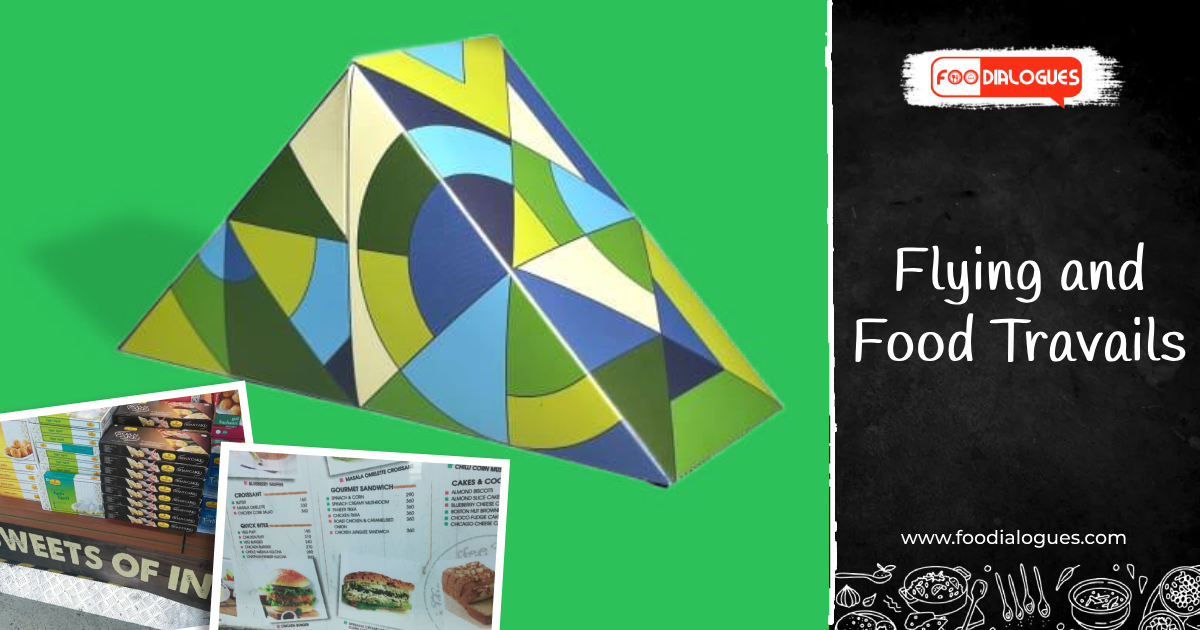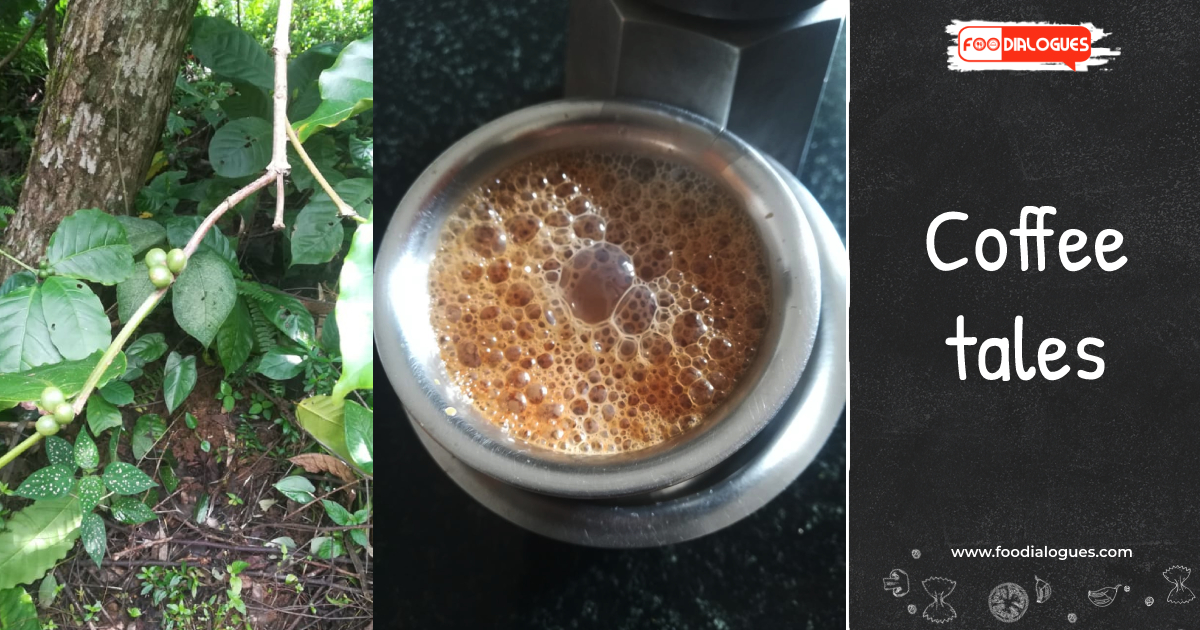It was Sunday morning, the sky was cloudy and a peep outside showed signs of a light rain at night. I quickly rushed to the kitchen to make my morning cup of tea and drink it before it was 6 am .The reason for the hurry was because we were going to witness the deepest annual solar eclipse or the “Surya Grahanam” of the century from 9 am with its peak around noon. This eclipse seems to have drawn a lot of attention and reasons are many ranging from the impact of Corona to being the last eclipse of this decade. This eclipse brought with it several stories, prophecies and promises. As I was sipping my tea I wondered whether this would be my last morning cup, as some have predicted that this day was the doomsday or is this eclipse is going to bring in loads of prosperity to my “rashi”.Amused at my wandering thoughts I wondered what to do the rest of the day as cooking could begin only after a bath at 2 pm. It was fasting till then with loads of water permitted.
As I began to load my dishwasher I decided to spring clean the house and rearrange my kitchen .Being a house proud woman, I immediately got on to the job starting with the kitchen, a favorite haunt of mine. I was peering into every canister and jar and making a note of the grocery stock which needed replenishment. The trail mix, a favorite snack of my grandson was almost over except for a dried apricot peeping out. The peach preserve and soy flakes also needed to be bought. A glance at my favorite” elandaivadai” jar made me sad as I had to wait for the lockdown to end before I could buy it. This elandavadai is a tangy-spicy dark brown flat roundels made of preserved elanda pazham or the ber fruit along with spicy red chilly and tamarind.
I filled up the almost empty tea canister and noticed that the Hakka noodle stock was zero. As I began to write ‘noodlesss’ I froze. I said to myself “oh god! What’s this? All most all the stocks that I need to replenish are of Chinese origin! The Saturday’s Newspaper very clearly stated that the minister has asked all restaurants selling noodles or any kind of Chinese cuisine to shut shop. Now what is going to happen to the apricots, peaches, soybeans ,tea, ealandai pazham or the jujube ,oranges and many more food stuffs that we use today which have actually originated in the Chinese province ? What if they go off the super market shelves? Ok. I can still find an equivalent substitute but what about my favorite tea? I cannot start my day without it.
I began to rack my brain to ascertain if Tea has originated in China .Memories of my classes where I would always talk a little about food history and it’s connect on our plates now came flooding back.
China is one of the earliest and most important centers of origin of cultivated plants in the world. The apricot, which was cultivated in China and Central Asia as early as 2000 B.C., migrated with the country’s traders, who traveled the Great Silk Road. The peach or the nectarine is native to the region of Northwest China since Neolithic age , where it was first domesticated and cultivated. The crisp Asian pears which are offered to Lord Ganesha on Ganesh Chaturthi are also of Chinese origin. The Indian jujube is native from the Province of Yunnan in southern China commonly known as the ber/elandai pazham and is a poor man’s fruit. Soybeans originated in Southeast Asia and were first to be domesticated by Chinese farmers around 1100 BC and has several interesting stories behind its worldwide popularity today. Tea originated in the region encompassing today’s north Burma and southwestern China, where it was used as a medicinal drink. The records of tea consumption dates back to the 3rd century AD, in a Chinese medical text. So my food history facts are intact.
Then I pondered about the Chinese cuisine. Chinese cuisine is an important part of the Chinese culture. The Chinese basically domesticated grains, plants and animals and developed several methods to preserve them. Their basic preparations were soupier with chunks of meat, game or grain noodles in a saucy base. Fermentation was an important preservation technique used for almost all raw produce. Variations in preparations were evident depending upon the province or region. The Chinese cuisine spread globally along with the immigrant Chinese population but the cuisine was evolved and adapted to the local ingredients and tastes. Cambodian-Chinese, Thai-Chinese, Japanese-Chinese, Indo- Chinese and many more cuisines evolved.
Even in Indo- Chinese the cuisine is region specific. The preparation of Gobi Manchurian/Gopi Manchurian and Chilli Chicken, we have the adapted Chinese cooking and seasoning techniques to suit Indian tastes and this has now become a staple of Indo- Chinese cuisine. So are our versions of Hakka noodles and Chowmein.
India is the land of the Rigveda composed around 1500 BCE well before Lao Tze brought in the structured thoughts into China. Indian civilization is ancient and has deep rooted foundation that has seen many an invasion and still remains strong. India is the world’s largest democracy while China is the world’s largest autocracy. China has a military and economic strong hold but India is in no way far behind. An article by Pavan Verma in the TOI details strategies such as strengthening and more concrete course of actions like improving defense preparedness, condemning Chinese bullying, preventing their investment in our infrastructure and so on.
In no way preparing Indian manufactured noodles in totally a region specific cooking method or making a gobhi machurian in Indian restaurants or households by Indian cooks going to be a strategy to combat the current Indo-Chinese situation. I felt relieved and felt that such an imposition was ridiculous. Anyway, many thanks to the minister for making my spring cleaning a pleasurable activity with thoughts revolving around food.
It was 2 pm the eclipse had ended and I rushed for my ritualistic grahanam bath before setting out to prepare an authentic Indian Vegetable Rava khichidi and Coconut chutney fully well knowing no minister can speak against it or discover a Chinese connection.




